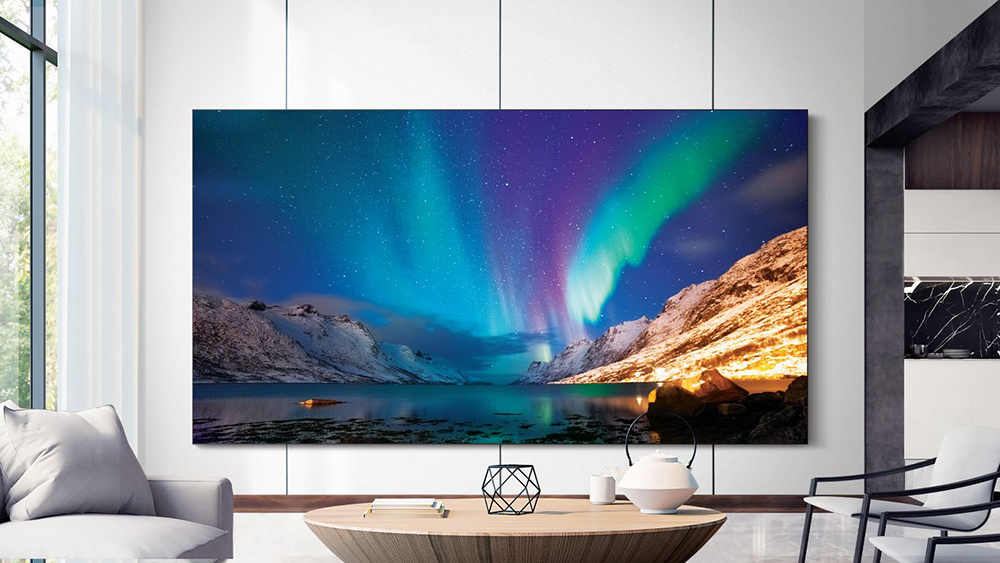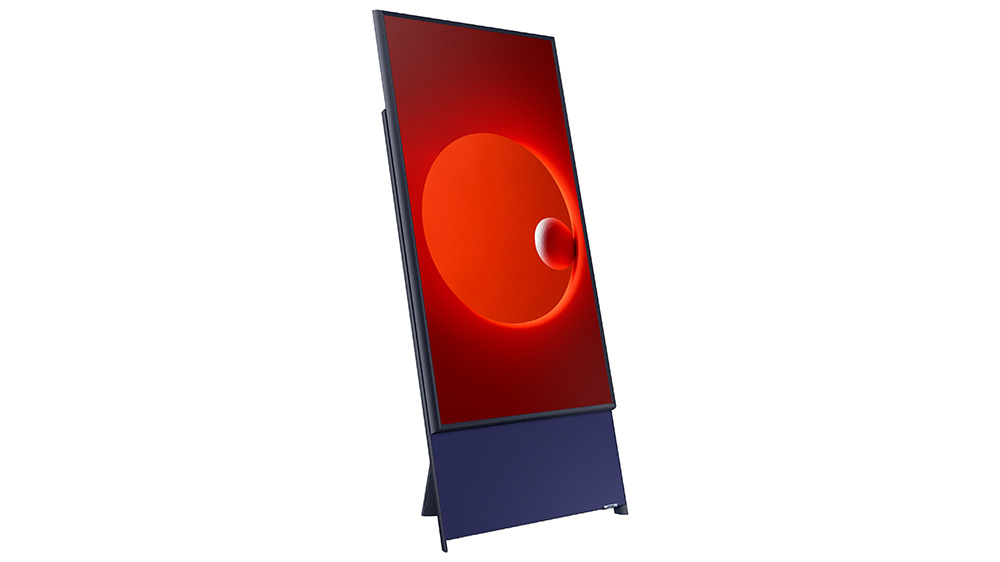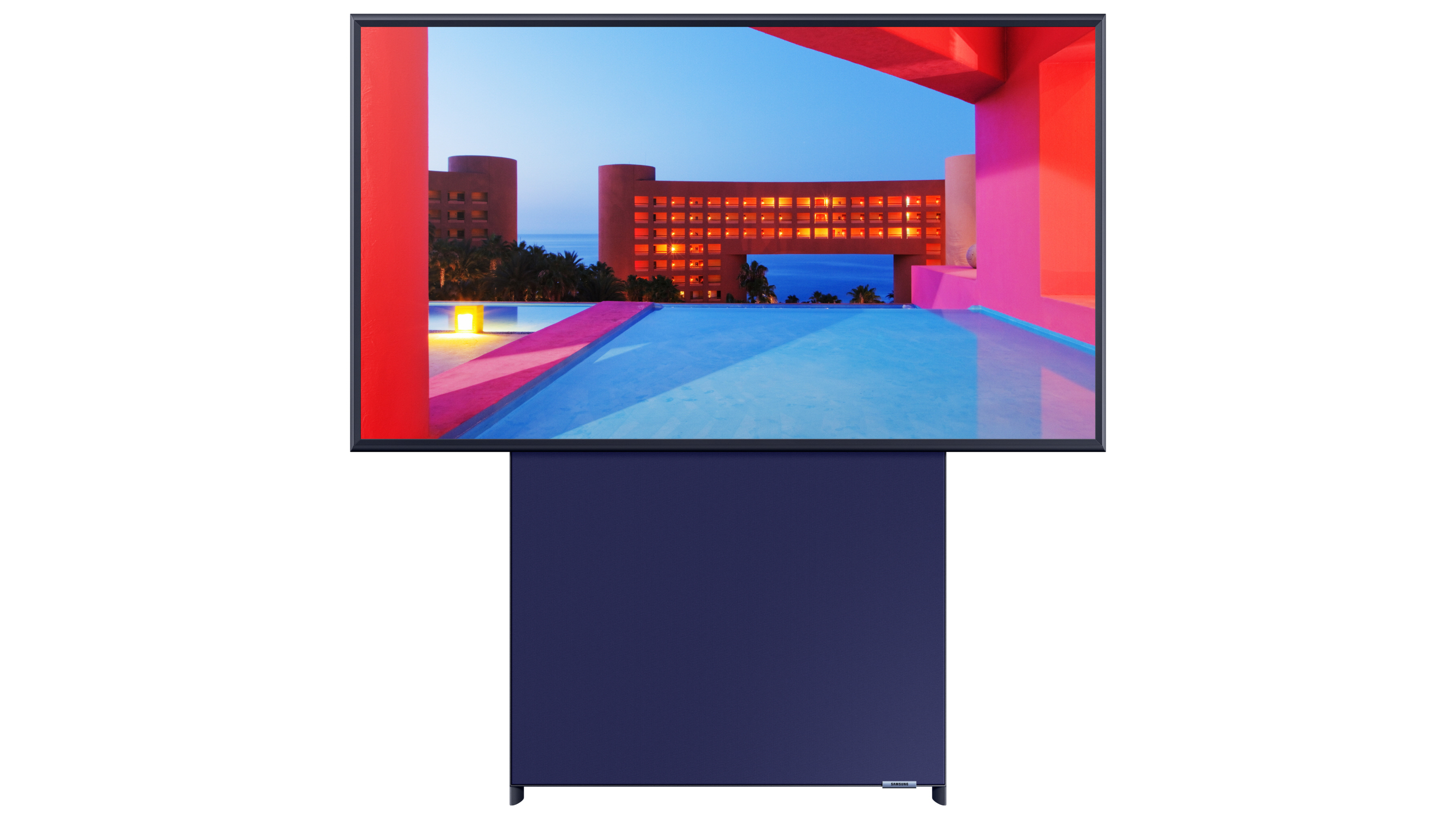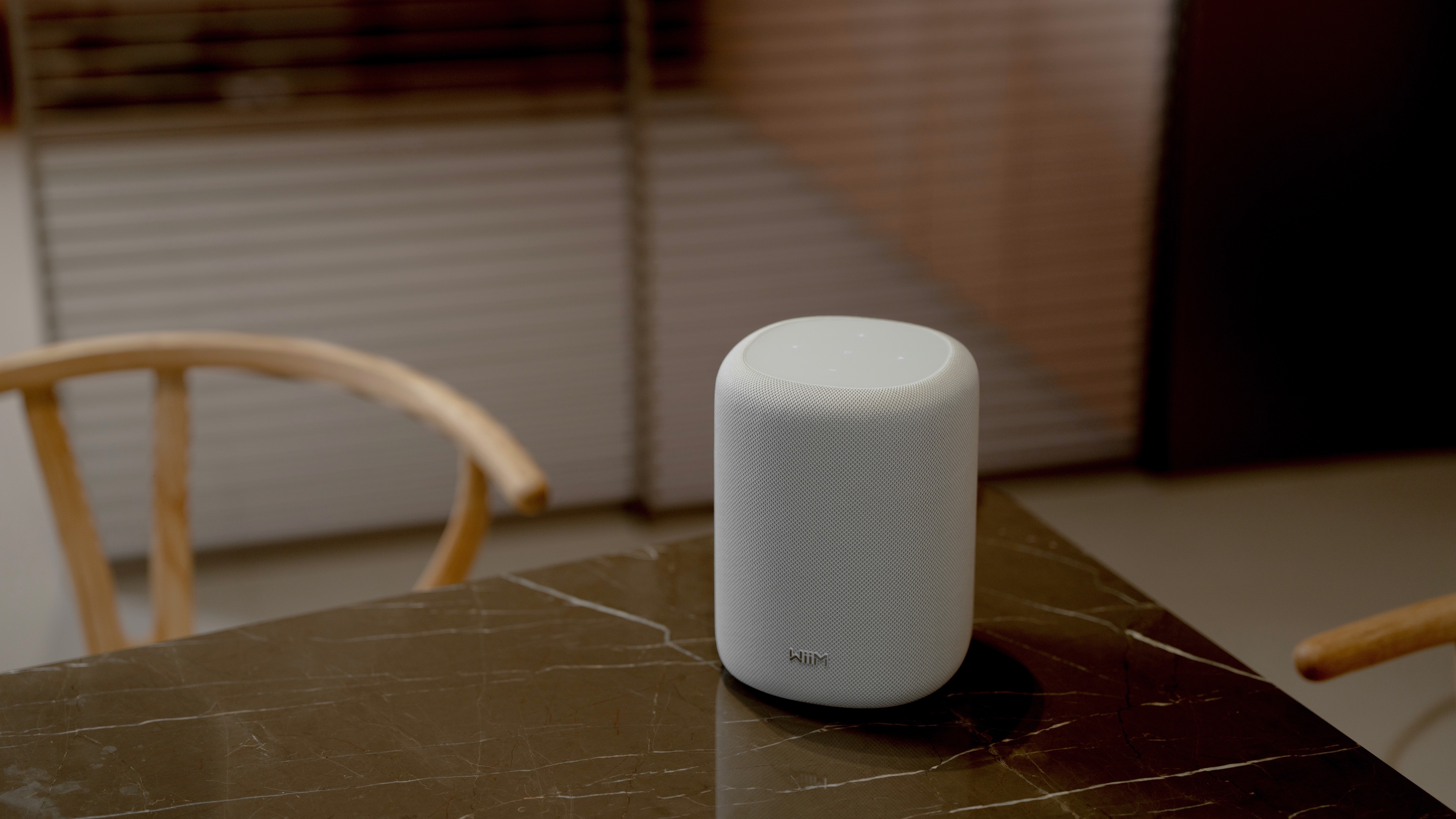Samsung reveals 4K and 8K QLED and MicroLED TV line-up for 2020
The A-Z on Samsung's TV ranges for this year

It would be an understatement to say that Samsung’s AV strategy for 2020 is multi-pronged. It’s not only improving on its excellent 2019 QLED line-up, but also advancing its 8K QLED TVs while making them more wallet-friendly, and building on its lifestyle TV range. The company’s MicroLED displays are becoming more accessible this year – even if only ever so slightly – and Samsung’s TV and soundbar experience are being uniquely harmonised.
At CES 2020, Samsung has drawn the curtains on its 4K, 8K and MicroLED TV line-up for this year – and here's everything there is to know about it...
Want a more detailed insight into Samsung's QLED developments? Here's how Samsung’s 2020 QLED TV strategy plans to topple OLED.
2020 8K TVs: better, cheaper and bezel-less
The headline news: with 8K demand “surpassing expectations” last year, according to Samsung, there will be not one but two 8K QLED TV ranges this year – one of which features Samsung’s new completely bezel-less ‘Infinity Screen’ (Q950TS in Europe, Q950S in the US), and the other of which will apparently be priced in-line with a premium 4K TV (Q800T). We can expect prices starting around £3500, then.
Both 8K sets promise a performance lift over last year’s courtesy of a 2nd-gen Quantum Processor 8K, which is designed to further improve texture creation and noise reduction while creating its own algorithm to restore fine details. While in 2019 Samsung focused on enhancing blacks and viewing angles, 2020’s efforts centre around improving brightness, contrast and details.
Samsung has improved the efficiency of its Full Array Local Dimming (FALD) system too, with FALD TVs able to relocate power reserved from darker areas of the panel to the brightest areas of a scene that need it. To this end, Samsung claims to have increased peak brightness by 20 per cent without increasing power consumption.
Meanwhile, the new Adaptive Picture+ can optimise the brightness and contrast of the scene playing based on the lighting of your room conditions, while Adaptive Sound+ (or Active Voice Amplifier) automatically bolsters voice clarity when an increase in surrounding noise is detected.
The latest hi-fi, home cinema and tech news, reviews, buying advice and deals, direct to your inbox.

As confirmed earlier today, this year's QLED 8K TVs will offer ATSC 3.0 tuners. This next-generation broadcast standard promises support for higher resolution, more realistic audio and interactive experiences, and is designed to usher a new era of 4K (and perhaps one day 8K) over-the-air transmission TV broadcasting.
Then there's AI ScaleNet, which works to solve the inevitable problem of streaming bandwidth for 8K content. While you'll no doubt need a lot of bandwidth to stream in the resolution, Ai ScaleNet is designed to help by compressing content as it leaves the content provider and then restoring it after it reaches the TV to "effectively cut in half the bandwidth needed for consumers to stream content". Samsung is working with Amazon to utilise the feature for Prime Video.
The Q800T models benefit from a 4.2.2-channel speaker configuration, as well as new OTS+ sound processing that analyses an audio signal and sends it to certain speakers so the viewer can track the sound across the screen in accordance with the movement of the visual.
Every 2020 QLED TV will be compatible with Samsung’s new Q-Symphony concept, which sees the TV’s drivers working in conjunction with the speakers within a connected Samsung 2020 Q-series soundbar. As opposed to TV speakers being mute when a soundbar is connected, here they all work together in perfect… symphony.
Meanwhile, the flagship Q950TS expands upon its sibling’s feature set with a gorgeous 14.9mm-thick frame (not bad for at all for a Full Array Local Dimming set), a bezel-free screen with a 99 per cent screen-to-body ratio (the black borders are less than 2mm), and the One Invisible cabling we’ve seen in previous Samsung flagships.
2020 4K TVs feature more intricate AI upscaling
Samsung’s 4K TV line-up comprises the Q60T, Q70T, Q80T and Q90T ranges – replacements to 2019’s Q60R, Q70R, Q80R and Q90R series respectively. The Q80T is where the Direct Full Array panels start, while the Q90T exclusively sports Samsung’s new Ultra Viewing Angle tech for better off-axis watching.
As with the 8K QLEDS, a new processor powers the 4K QLEDs for this year. The Quantum Processor 2.0 4K harnesses similar next-generation AI upscaling wizardry that utilises deeper, more nuanced machine learning processing.
More specs on Samsung's 4K QLEDs, as well as details about specific features for specific ranges, should follow in the coming weeks. Naturally, we'll be eagerly await the brand's announcement of its non-QLED LCD TVs too.
The expansion of MicroLED

MicroLED has existed in Samsung’s line-up for some years in the shape of the gigantic, certainly not living room-friendly The Wall – but now The Future Of TV, as MicroLED is being heralded, is taking its next incremental step to eventually become a viable consumer TV proposition.
Samsung will have 75in, 88in, 93in and 110in (4K) and 150in and 292in (8K) MicroLED 'The Wall' displays available this year, with those under 100in delivered pre-assembled in a frame (like a normal telly), and the larger sizes requiring installation – as existing The Wall does. They’ll still cost mega-money, and because of that will Samsung expects more uptake in the B2C market at the moment, but such expansion is a promising sign for the progression of the technology.
Lifestyle TV target: to sell one million


Thanks to their introduction in 2016, Samsung's Lifestyle TVs such as The Frame and Serif are now household names in the company's line-up. They’re being joined by a third model, The AirPlay 2-supporting Sero, a 43in standing display that mirrors a smartphone screen, rotating for vertical or horizontal orientation – as you can see pictured above.
The Sero ('Sero' translates to 'vertical' in Korean) will be globally introduced this year following its initial 2019 launch in South Korea, and could well help Samsung achieve its 2020 goal of selling one million lifestyle TVs, triple the sales of 2019.
The Frame line-up is also expanding to include 32in and 75in sizes, and has also been upgraded with a Dual LED system, which sees the use of both cooler and warmer LEDs – allowing the intensity of the blue spectrum to be adjusted, and thus helping to reduce light leakage, improve contrast and viewing angle.
MORE:

Becky is a hi-fi, AV and technology journalist, formerly the Managing Editor at What Hi-Fi? and Editor of Australian Hi-Fi and Audio Esoterica magazines. With over twelve years of journalism experience in the hi-fi industry, she has reviewed all manner of audio gear, from budget amplifiers to high-end speakers, and particularly specialises in headphones and head-fi devices.
In her spare time, Becky can often be found running, watching Liverpool FC and horror movies, and hunting for gluten-free cake.
